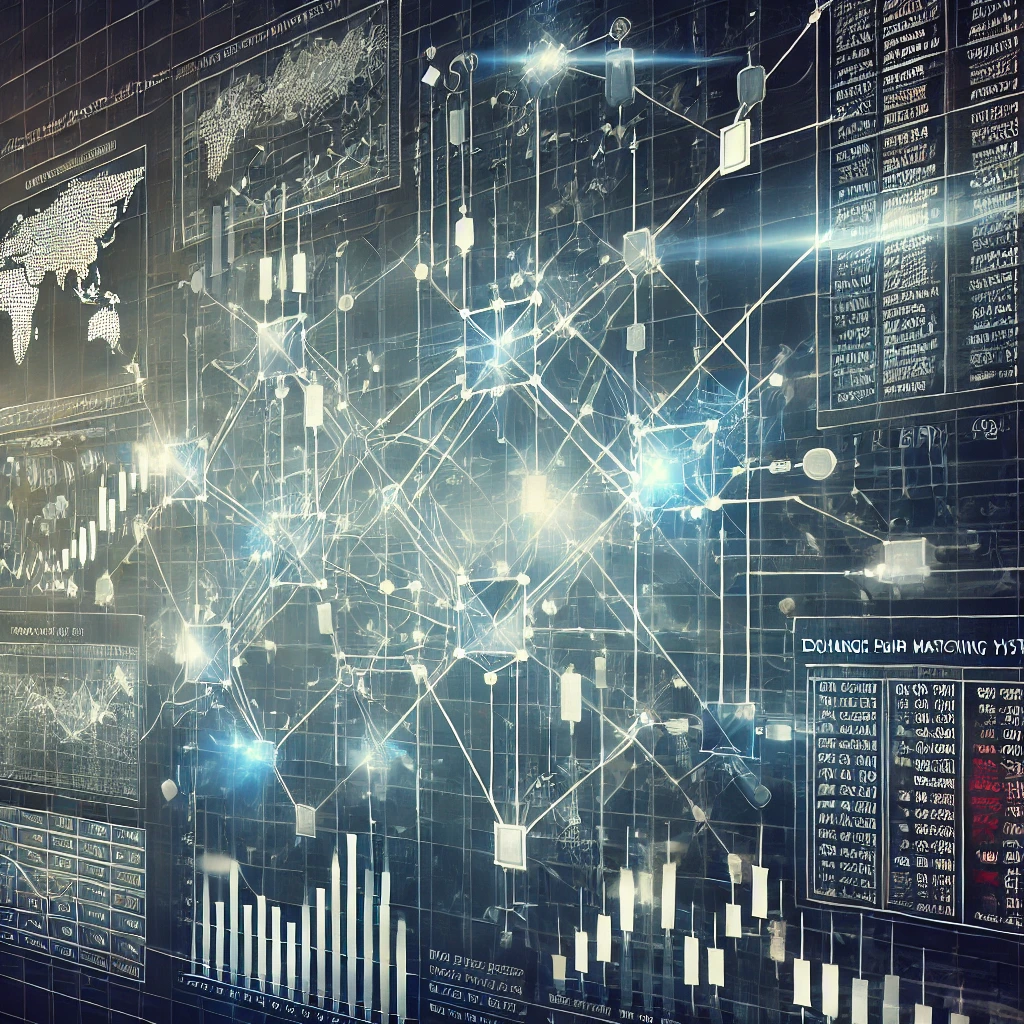Improving Efficiency in Exchange Pair Matching Systems

Exchange pair matching systems are the backbone of modern cryptocurrency and financial exchanges. These systems are responsible for matching buy and sell orders efficiently, ensuring liquidity and stability in the markets. As the demand for high-frequency trading increases, the need for efficient and scalable matching algorithms becomes critical.
Understanding Exchange Pair Matching
At its core, an exchange pair matching system involves matching buy and sell orders in a financial market. The goal is to execute trades in a manner that maximizes efficiency and minimizes latency. Traditional matching engines rely on algorithms that prioritize orders based on price, time, and other factors. However, as the volume of trades increases, these systems face challenges in maintaining performance and accuracy.
One of the primary challenges in exchange pair matching is the speed at which trades need to be executed. With the rise of high-frequency trading (HFT), where trades are executed in milliseconds or even microseconds, the traditional methods of matching orders are being pushed to their limits. This has led to the development of more sophisticated algorithms and technologies designed to handle the immense volume and speed required in modern markets.
In addition to speed, accuracy is another critical factor in exchange pair matching. Inaccurate matching can lead to significant financial losses and market instability. Therefore, ensuring that orders are matched correctly and efficiently is essential for the overall health of financial markets. To achieve this, developers are increasingly turning to advanced computational methods, such as machine learning and artificial intelligence, to enhance the performance of matching engines.
The Role of Algorithms
Algorithms play a crucial role in the efficiency of exchange pair matching systems. The most common approach is the FIFO (First In, First Out) method, where orders are matched based on the time they enter the system. However, this method can become less effective in high-volume environments. To address this, more advanced algorithms, such as those based on graph theory, are being explored.
These advanced algorithms offer a more nuanced approach to order matching. For example, graph-based algorithms can analyze the relationships between different orders, identifying the most efficient matches that may not be immediately obvious through traditional methods. This can lead to significant improvements in both the speed and accuracy of order matching, especially in environments with a high volume of complex trades.
Moreover, the implementation of adaptive algorithms that can learn from past trades and market conditions is becoming increasingly popular. These algorithms can adjust their strategies in real-time, optimizing the matching process based on current market dynamics. This adaptability is crucial in today's fast-paced trading environments, where conditions can change in an instant.
Machine Learning in Pair Matching
Machine learning is also becoming an integral part of modern exchange pair matching systems. By analyzing historical trading data, machine learning models can predict the likelihood of a match, prioritize certain orders, and even detect anomalies that could indicate market manipulation. This results in more accurate and efficient matching, improving overall market performance.
One of the key advantages of machine learning in exchange pair matching is its ability to handle vast amounts of data. As financial markets generate an enormous volume of data every second, machine learning models can sift through this information, identifying patterns and trends that would be impossible for humans to detect. This allows for more informed decision-making and more efficient matching of orders.
Furthermore, machine learning can help in optimizing the execution of trades by predicting market movements and adjusting strategies accordingly. For instance, a machine learning model might identify a trend indicating that a particular order is likely to be filled quickly and adjust the matching algorithm to prioritize that order. This kind of real-time adaptability is essential for maintaining efficiency in rapidly changing market conditions.
Future Trends
As technology continues to evolve, we can expect further advancements in exchange pair matching systems. The integration of blockchain technology, for example, could offer new levels of transparency and security, while quantum computing might unlock unprecedented processing power. These innovations will likely drive the next generation of financial exchanges, making markets more efficient and accessible to all participants.
Blockchain technology, with its decentralized and immutable nature, offers a promising solution for enhancing the transparency and security of exchange pair matching systems. By recording every transaction on a distributed ledger, blockchain can help prevent fraud and ensure that all trades are conducted fairly. This could lead to greater trust in financial markets, attracting more participants and increasing overall liquidity.
Quantum computing, on the other hand, has the potential to revolutionize the speed and complexity with which exchange pair matching systems operate. Quantum computers can perform calculations at speeds far beyond those of traditional computers, enabling the matching of orders in near real-time, even in the most complex trading environments. While still in its early stages, the application of quantum computing in financial systems is an exciting area of research that could have far-reaching implications for the future of trading.
In conclusion, improving the efficiency of exchange pair matching systems is essential for the stability and growth of modern financial markets. Through the use of advanced algorithms, machine learning, and emerging technologies like blockchain and quantum computing, these systems can continue to meet the demands of high-frequency trading while ensuring fairness and accuracy. As these technologies develop, we can look forward to a new era of financial innovation that will benefit traders, investors, and the broader economy.